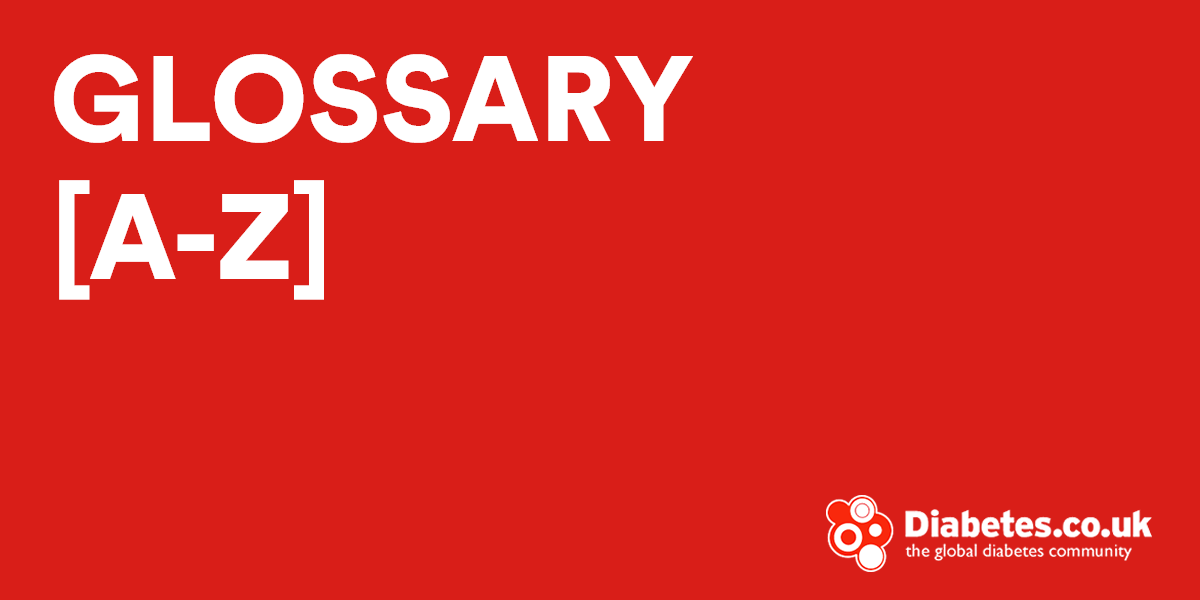ICCE:
acronym for ICEA Certified Childbirth Educator (ICEA – International Childbirth Education Association).
ICPE:
acronym for ICEA Certified Postnatal Educator.
ICPFE:
acronym for ICEA Certified Perinatal Fitness Educator.
IDDM (insulin-dependent diabetes mellitus):
former term for type 1 diabetes
immune (ih-MYOON) system:
the body’s system for protecting itself from viruses and bacteria or any “foreign” substances.
immunosuppressant (ih-MYOON-oh-suh-PRESS-unt):
a drug that suppresses the natural immune responses. Immunosuppressants are given to transplant patients to prevent organ rejection or to patients with autoimmune diseases
impaired fasting glucose (IFG):
a condition in which a blood glucose test, taken after an 8- to 12-hour fast, shows a level of glucose higher than normal but not high enough for a diagnosis of diabetes IFG, also called pre-diabetes , is a level of 100 mg/dL to 125 mg/dL. Most people with pre-diabetes are at increased risk for developing type 2 diabetes
impaired glucose tolerance (IGT):
a condition in which blood glucose levels are higher than normal but are not high enough for a diagnosis of diabetes. IGT, also called pre-diabetes , is a level of 140 mg/dL to 199 mg/dL 2 hours after the start of an oral glucose tolerance test Most people with pre-diabetes are at increased risk for developing type 2 diabetes Other names for IGT that are no longer used are “borderline,” “subclinical,” “chemical,” or “latent” diabetes.
implantable (im-PLAN-tuh-bull) insulin pump:
a small pump placed inside the body to deliver insulin in response to remote-control commands from the user.
impotence (IM-po-tents):
the inability to get or maintain an erection for sexual activity. Also called erectile (ee-REK-tile) dysfunction (dis-FUNK-shun).
incidence (IN-sih-dints):
a measure of how often a disease occurs; the number of new cases of a disease among a certain group of people for a certain period of time.
incontinence (in-KON-tih-nents):
loss of bladder or bowel control; the accidental loss of urine or feces.
inhaled insulin:
an experimental treatment for taking insulin using a portable device that allows a person to breathe in insulin.
injection (in-JEK-shun):
inserting liquid medication or nutrients into the body with a syringe. A person with diabetes may use short needles or pinch the skin and inject at an angle to avoid an intramuscular injection of insulin
injection site rotation:
changing the places on the body where insulin is injected. Rotation prevents the formation of lipodystrophies
injection sites:
places on the body where insulin is usually injected.
insulin:
a hormone that helps the body use glucose for energy. The beta cells of the pancreas make insulin When the body cannot make enough insulin, insulin is taken by injection or through use of an insulin pump
insulin adjustment:
a change in the amount of insulin a person with diabetes takes based on factors such as meal planning, activity, and blood glucose levels.
insulin-dependent diabetes mellitus (IDDM):
former term for type 1 diabetes
insulinoma (IN-suh-lih-NOH-mah):
a tumor of the beta cells in the pancreas An insulinoma may cause the body to make extra insulin , leading to hypoglycemia
insulin pen:
a device for injecting insulin that looks like a fountain pen and holds replaceable cartridges of insulin. Also available in disposable form.
insulin pump:
an insulin-delivering device about the size of a deck of cards that can be worn on a belt or kept in a pocket. An insulin pump connects to narrow, flexible plastic tubing that ends with a needle inserted just under the skin. Users set the pump to give a steady trickle or basal amount of insulin continuously throughout the day. Pumps release bolus doses of insulin (several units at a time) at meals and at times when blood glucose is too high, based on programming done by the user.
insulin reaction:
when the level of glucose in the blood is too low (at or below 70 mg/dL ). Also known as hypoglycemia
insulin receptors:
areas on the outer part of a cell that allow the cell to bind with insulin in the blood. When the cell and insulin bind, the cell can take glucose from the blood and use it for energy.
insulin resistance:
the body’s inability to respond to and use the insulin it produces. Insulin resistance may be linked to obesity , hypertension , and high levels of fat in the blood.
insulin shock:
see hypoglycemia
intensive therapy:
a treatment for diabetes in which blood glucose is kept as close to normal as possible through frequent injections or use of an insulin pump ; meal planning; adjustment of medicines; and exercise based on blood glucose test results and frequent contact with a person’s health care team.
intermediate-acting insulin:
a type of insulin that starts to lower blood glucose within 1 to 2 hours after injection and has its strongest effect 6 to 12 hours after injectio, depending on the type used. See lente insulin and NPH insulin
intermittent (IN-ter-MIT-ent) claudication (CLAW-dih-KAY-shun):
pain that comes and goes in the muscles of the leg. This pain results from a lack of blood supply to the legs and usually happens when walking or exercising.
intramuscular (in-trah-MUS-kyoo-lar) injection:
inserting liquid medication into a muscle with a syringe Glucagon may be given by subcutaneous or intramuscular injection for hypoglycemia
islet (EYE-let) cell autoantibodies (aw-toe-AN-ti-bod-eez) (ICA):
proteins found in the blood of people newly diagnosed with type 1 diabetes They are also found in people who may be developing type 1 diabetes. The presence of ICA indicates that the body’s immune system has been damaging beta cells in the pancreas
islet transplantation:
moving the islets from a donor pancreas into a person whose pancreas has stopped producing insulin Beta cells in the islets make the insulin that the body needs for using blood glucose
islets:
groups of cells located in the pancreas that make hormones that help the body break down and use food. For example, alpha cells make glucagon and beta cells make insulin Also called islets of Langerhans (LANG-er-hahns).
islets of Langerhans:
see islets



